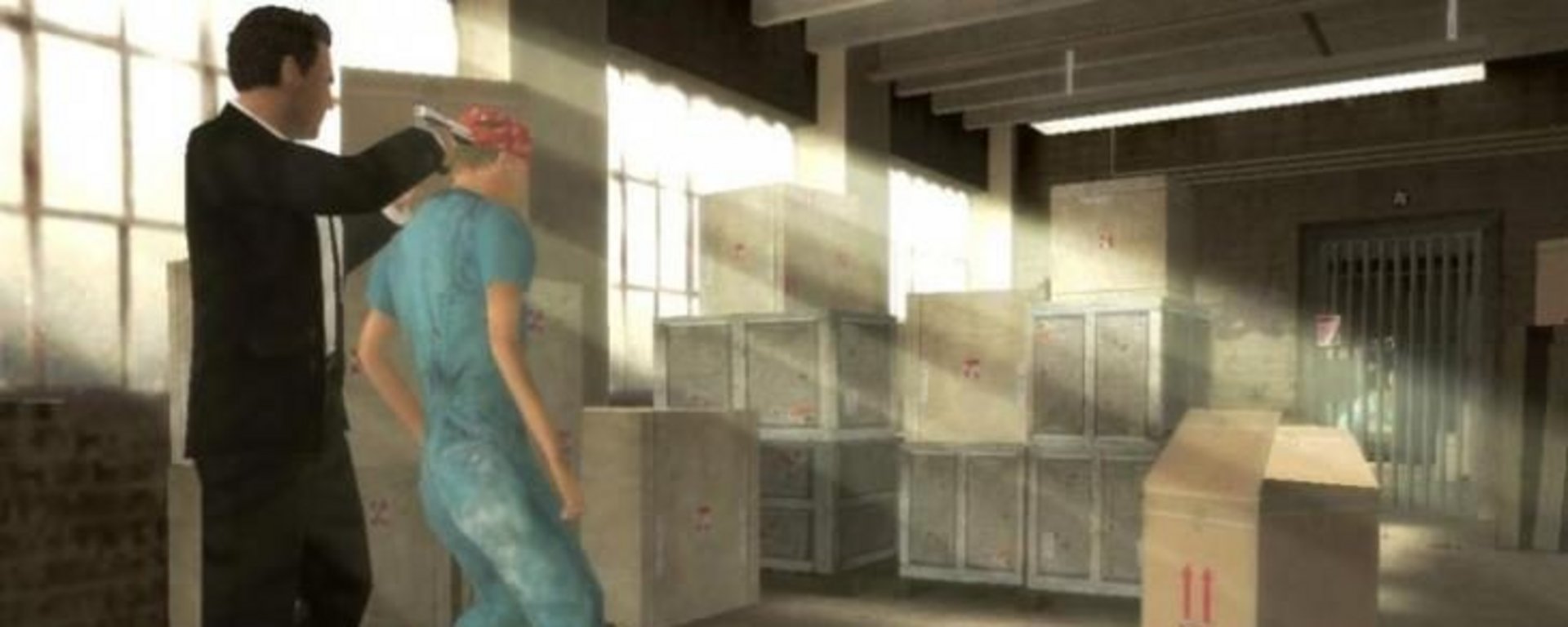
Reservoir Dogs (The Game)
Having become established in the public’s consciousness, and given its themes of criminals fighting both the law and themselves, it was perhaps inevitable that Reservoir Dogs would follow the fashion for film franchises to be developed into video games.
In June 2006, a game based on the film was submitted to the BBFC for classification. Similar in style and game-playing functions to such ‘shoot/beat-‘em-up’ works as Grand Theft Auto, the game featured some elaborate ‘killing moves’, including one that recreated the ear-slicing sequence from the film, but with even less realistic detail. The majority of the game, however, consisted of the player carrying out various missions that involved moving through locations in which enemies and the police are encountered, shot at, or beaten up (the ‘criminal’ nature of such activity was reinforced by the player’s ability to also attack innocent bystanders).
In other words, the kind of generalised mayhem which largely occurred off screen in the film was featured in the game, with the additional element of an audience being able to take part in the violence rather than merely being observers. However, the strength of, and emphasis on, the interactive violence had been well-precedented in several games that followed the Grand Theft Auto template and had been classified at the adult category, and the BBFC was confident that the issues in Reservoir Dogs were similarly containable at 18 at which category it was passed.
Pre-publicity for the game had seen several sections of the media, members of the public, politicians and police organisations voice criticism of its anti-social attitudes and perceived encouragement of violence against legal authorities – in nearly all cases without their having seen or experienced the game. Many who commented on the game cited the fact that it had been banned in Australia and New Zealand and advocated a similar measure in the UK. But the BBFC had been careful to classify the work at 18, (a restrictive category not available in Australia and New Zealand for video games), in order to limit its availability to a younger, more impressionable, audience who might be more susceptible to whatever anti-social message the work carried.
In response to these views the BBFC took the position that the level and detail of violence in Reservoir Dogs was no stronger than that seen in similar games featuring role-playing as criminals who encounter the forces of law and attempt to defeat them, a theme that has formed the basis of film and television entertainment from their very beginnings.
The BBFC further acknowledged the specific concern about such portrayals of violence and criminal activity engendering anti-social attitudes, particularly towards the police, and its obligations under the ‘harm’ test imposed in the Video Recordings Act for it to pay special regard to the effects of works that may cause ‘harm to society through the behaviour of those who are exposed to them’. In the case of Reservoir Dogs, the BBFC did not feel that its depictions of violence towards police in the unreal setting of a video game would have a significant effect on attitudes towards legal authorities in the real world.
The effects of violent video games on behaviour and attitudes has been the subject of much research, but the results as far as establishing a link between aggression acted out in the context of a game and harmful real-life activity remains inconclusive.